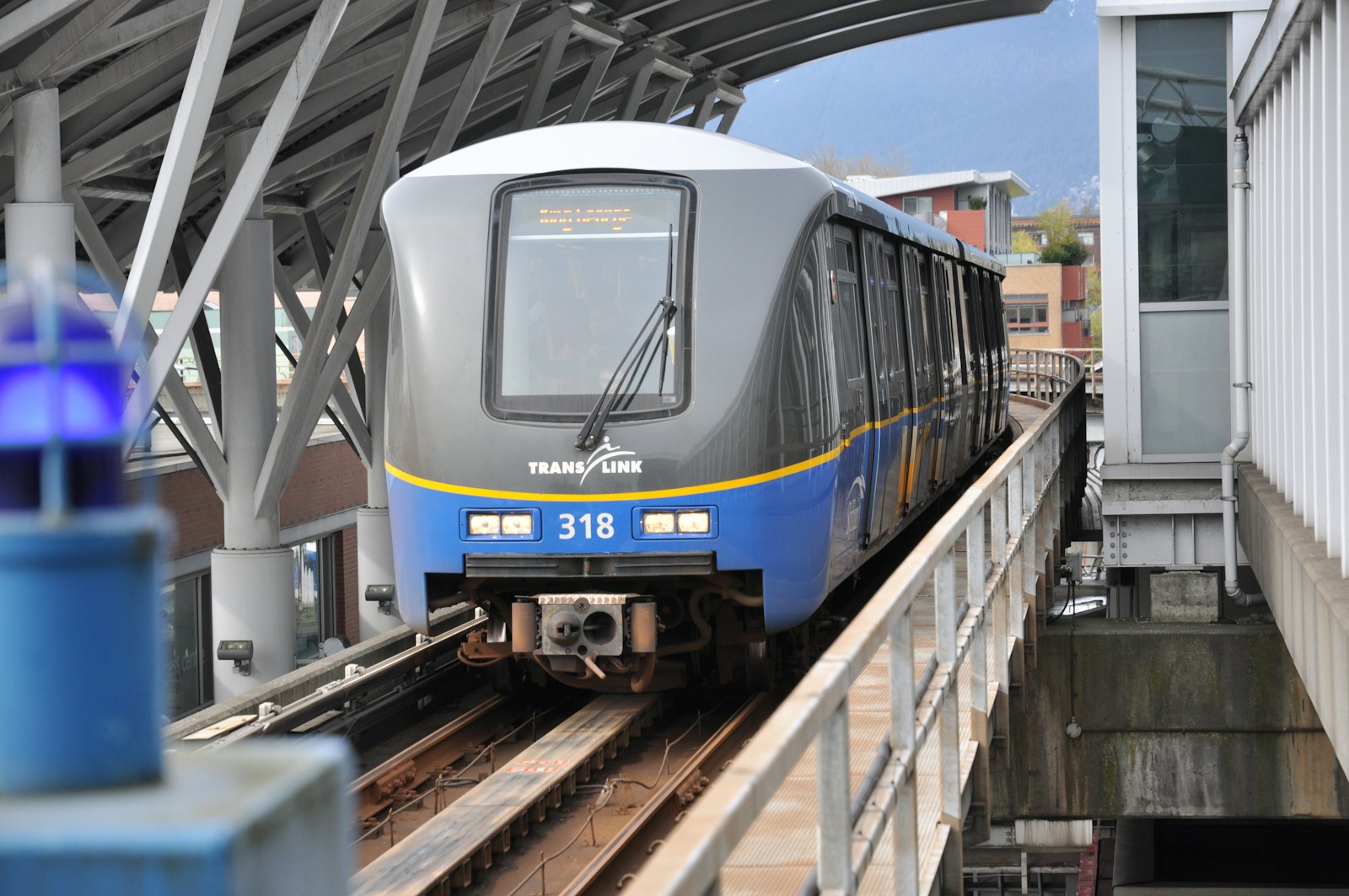A recent opinion piece in the Vancouver Sun (https://tinyurl.com/yc2m3ft7) highlights concerns that British Columbia's new transit-oriented development (TOD) legislation could disrupt Metro Vancouver's longstanding urban planning approach. The strategy has historically concentrated high-density developments around transit hubs while preserving low-density, single-family neighbourhoods elsewhere. Below is the key takeaway of the column.
Key Points:
• Provincial Legislation: The B.C. government has introduced legislation requiring municipalities to permit higher-density housing—up to 20 storeys—within 800 meters of major transit stations. This move aims to accelerate housing construction near transit but has raised concerns about potential impacts on existing communities.
• Risk to Affordable Housing: Critics warn that the legislation could lead to the demolition of older, affordable rental buildings, particularly in areas like Vancouver's Broadway corridor. These neighbourhoods currently house a significant portion of the city's renters, and redevelopment could displace long-term residents.
• Heritage Preservation Concerns: There is apprehension that increased density requirements might threaten heritage sites in neighbourhoods such as Chinatown and Gastown. While the government asserts that heritage protections will remain, the reduced role of local governments in development decisions has sparked debate.
• Municipal Autonomy: The legislation's top-down approach has led to tensions between the provincial government and municipalities. Local officials express concerns that the new rules could override community-specific planning efforts and strain existing infrastructure.
In summary, while the TOD legislation aims to address housing shortages by promoting higher-density developments near transit, it also raises significant concerns about affordability, heritage preservation, and municipal autonomy.
Which raises the questions, do we believe boosting density near transit is worth the potential loss of affordable housing and local character—or are we sacrificing too much in the name of progress? Or maybe it’s exactly what we need to solve the housing affordability issue? Is the infrastructure able to handle the huge increase in homes?

